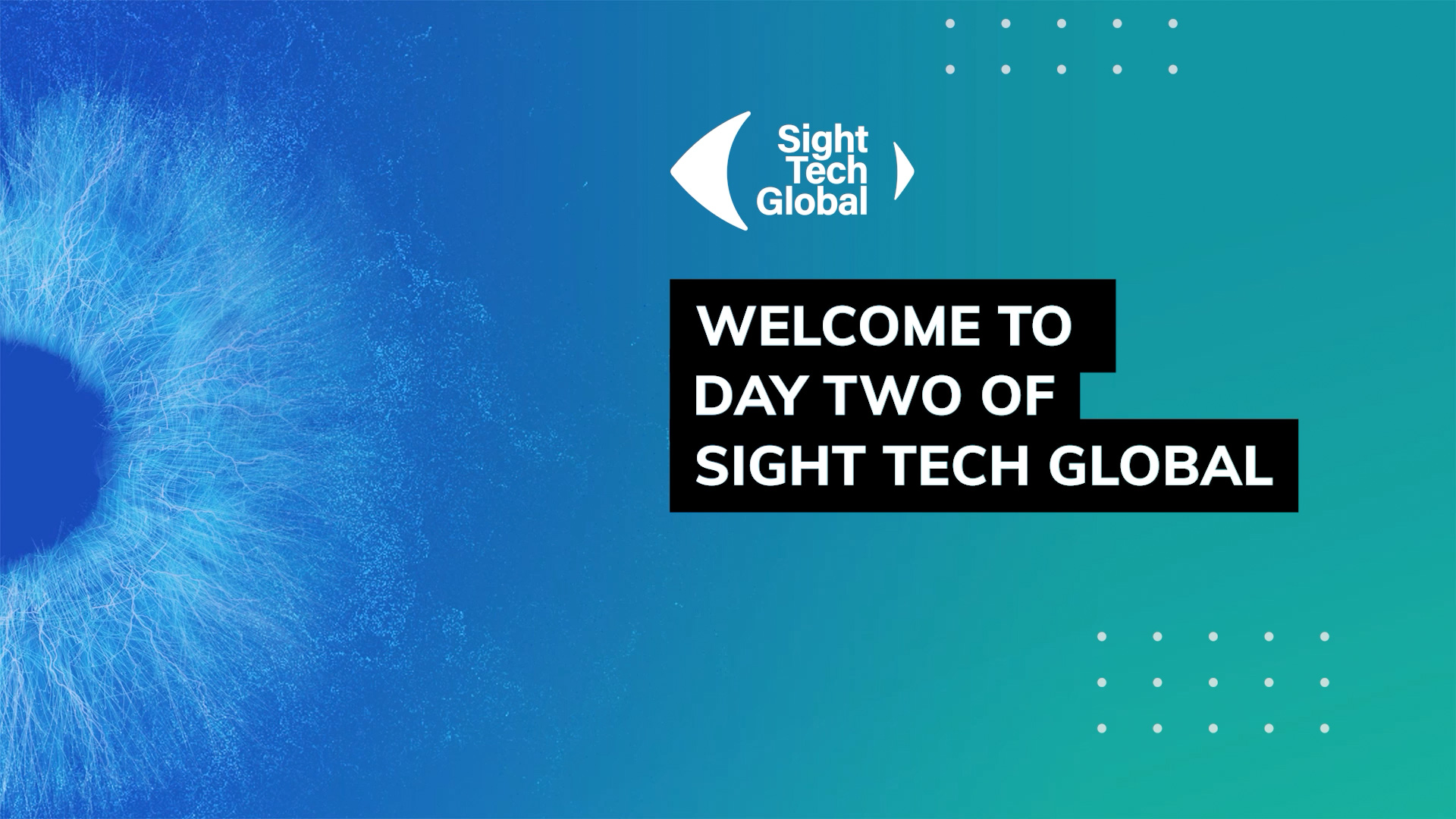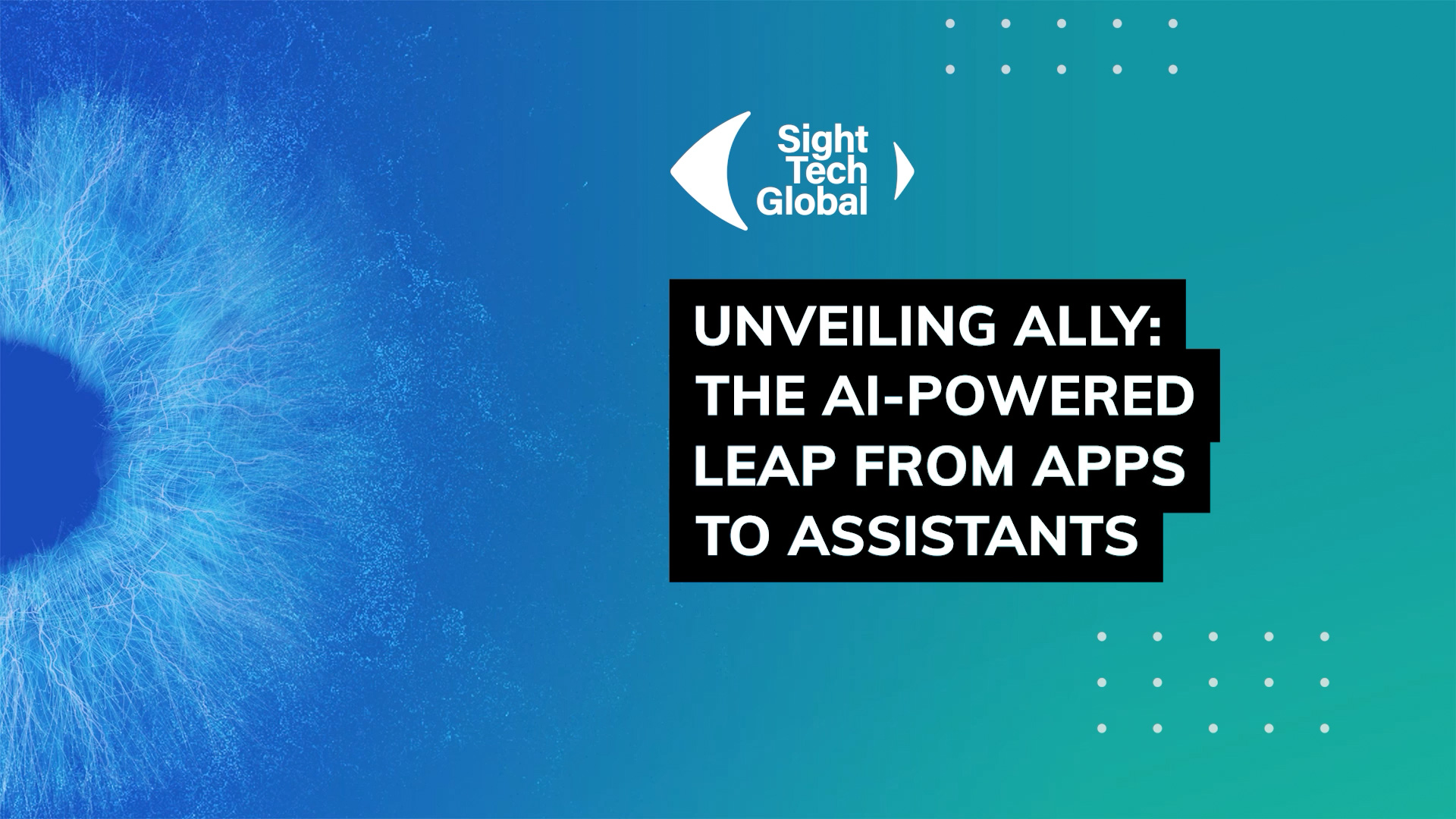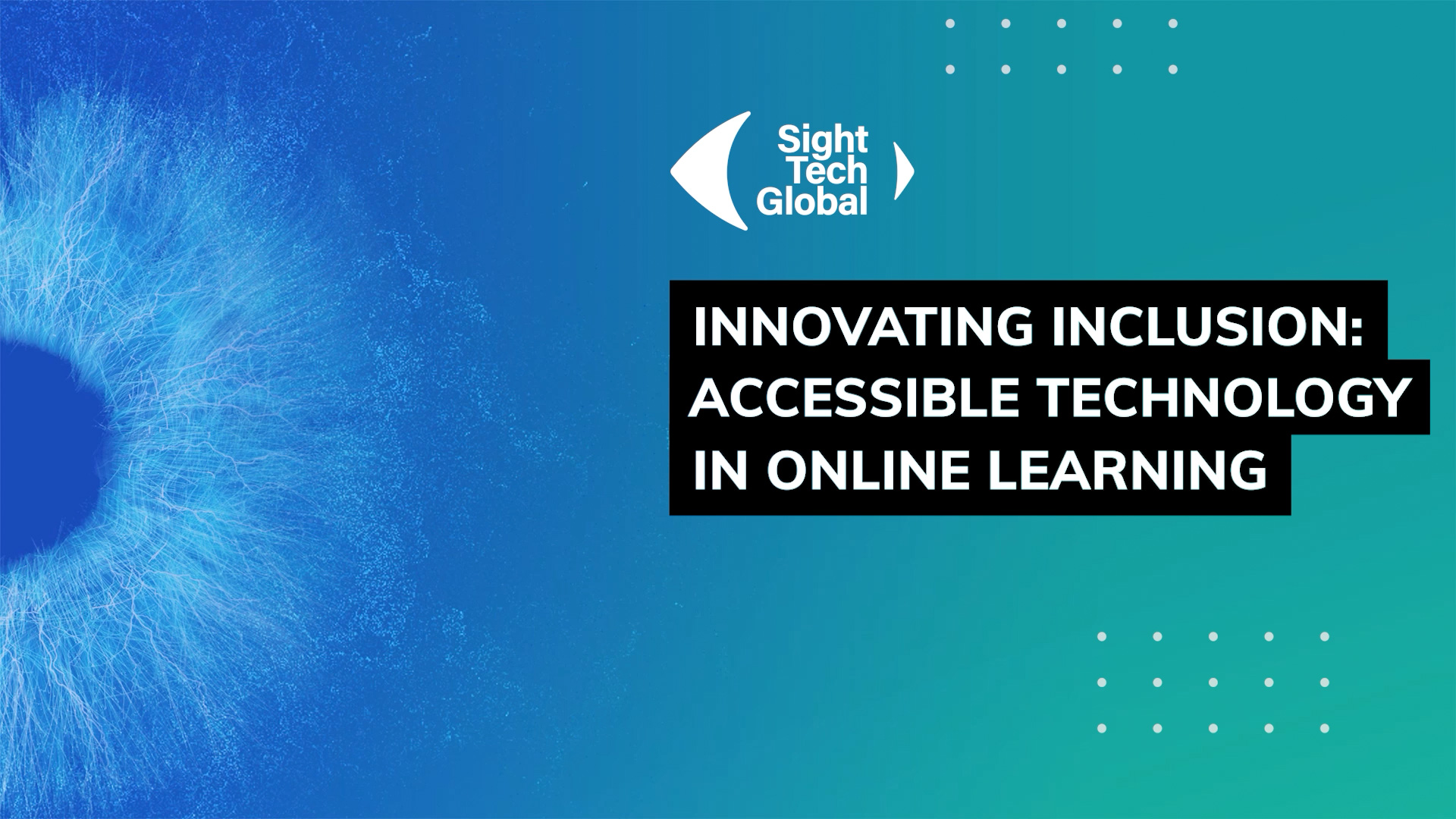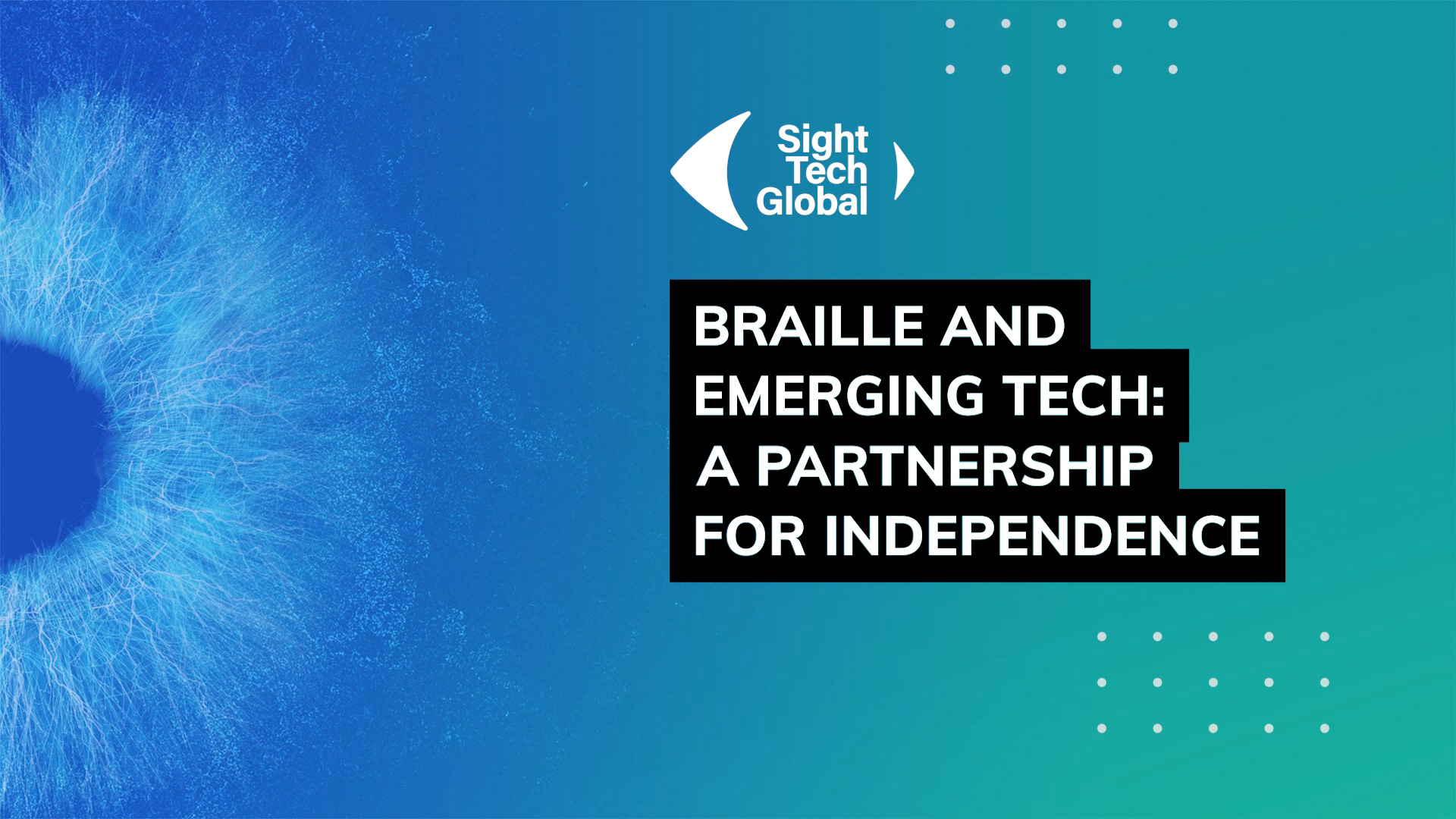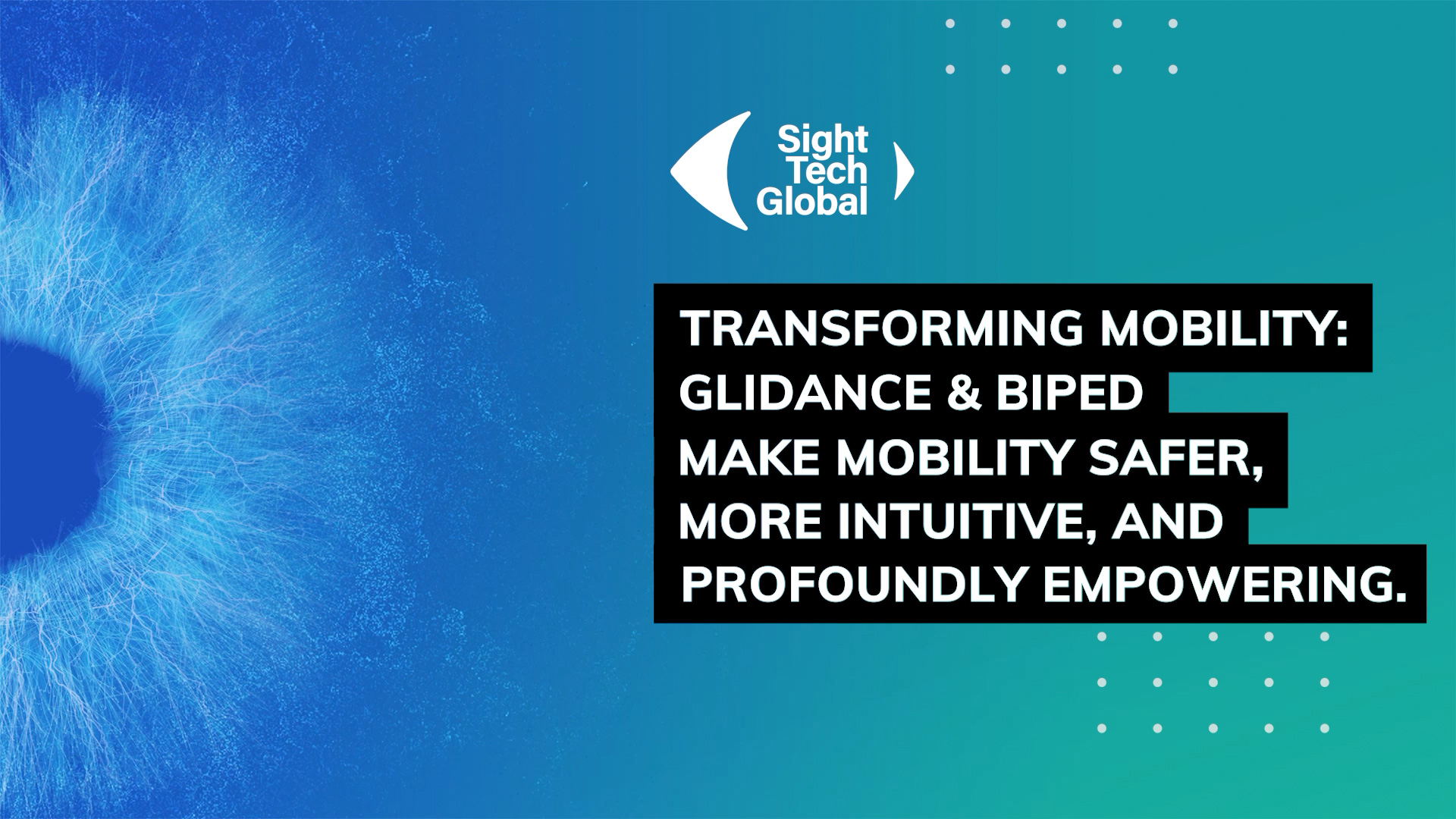Archives: Sessions
Session custom post type.
Unveiling Ally: The AI-Powered Leap from Apps to Assistants
Join Envision’s founders for an in-depth look at their pioneering journey from smartphone apps to smart glasses, culminating in Ally, their revolutionary AI assistant. Learn how this conversational AI platform is breaking new ground in accessibility across multiple platforms, enabling greater independence for blind, low-vision, elderly, and disabled users worldwide.
See you tomorrow!
Breakout session: Come Chat with Googlers
We’re thrilled to invite you to “Come Chat with Googlers”! In this relaxed breakout session, you’ll have the opportunity to connect with Google experts, ask questions, explore the latest in accessibility innovations, and share your own valuable insights. We’re excited to hear from you and discuss how we can all shape the future of tech together!
Spotlight: Biped
Join Mael Fabien, Biped’s CEO, and Gustavo, an enthusiastic user, for a hands-on demonstration of NOA, the AI-powered wearable revolutionizing mobility. Experience how this shoulder-mounted device uses bone-conduction audio and advanced cameras to provide real-time navigation, transforming daily journeys into confident explorations through streets of New York and Lisbon.
Spotlight: Glidance
Experience a demonstration of Glide, the revolutionary AI-powered mobility device from Glidance that’s transforming independent navigation. Watch as the team showcases how this sleek, two-wheeled robotic guide uses advanced sensors and intuitive design to create optimal paths, detect obstacles, and identify points of interest in real-time. Learn how Glide’s ergonomic handle and autonomous navigation system work together to deliver enhanced mobility and confidence.
Reel: The Blind Kitchen
Join us for an inspiring segment featuring The Blind Kitchen’s Executive Chef Debra Erickson, who demonstrates how adaptive tools and simple techniques enable independent cooking despite vision loss from retinitis pigmentosa. Watch as she showcases practical solutions that make culinary arts accessible to all.
Innovating Inclusion: Accessible Technology in Online Learning
Explore how emerging technologies are shaping inclusive online education, with a focus on creating truly accessible learning experiences for students with vision loss. Our expert panel will examine the intricate relationships between course content, video platforms, learning tools, and instructional methods that form the foundation of effective online education. Learn how institutions and educators can build synergistic learning environments that empower all students.
Braille and Emerging Tech: A Partnership for Independence
Explore how Braille and modern technology create a powerful synergy for independence and literacy. This forward-looking discussion examines why Braille remains crucial for early childhood literacy while complementing today’s digital solutions. Learn how this partnership enhances education, career opportunities, and daily living, creating a more comprehensive approach to accessibility.
Transforming Mobility: Glidance and Biped Make Mobility Safer, more Intuitive, and Profoundly Empowering
Discover how AI and computer vision are revolutionizing mobility assistance through two groundbreaking devices. This session explores how Glidance’s Glide and Biped’s NOA are combining advanced technology with thoughtful design to enhance independent navigation for people with visual impairments. Learn how these innovative solutions utilize AI-powered sensors, real-time obstacle detection, and intuitive interfaces to create more confident, seamless mobility experiences.

